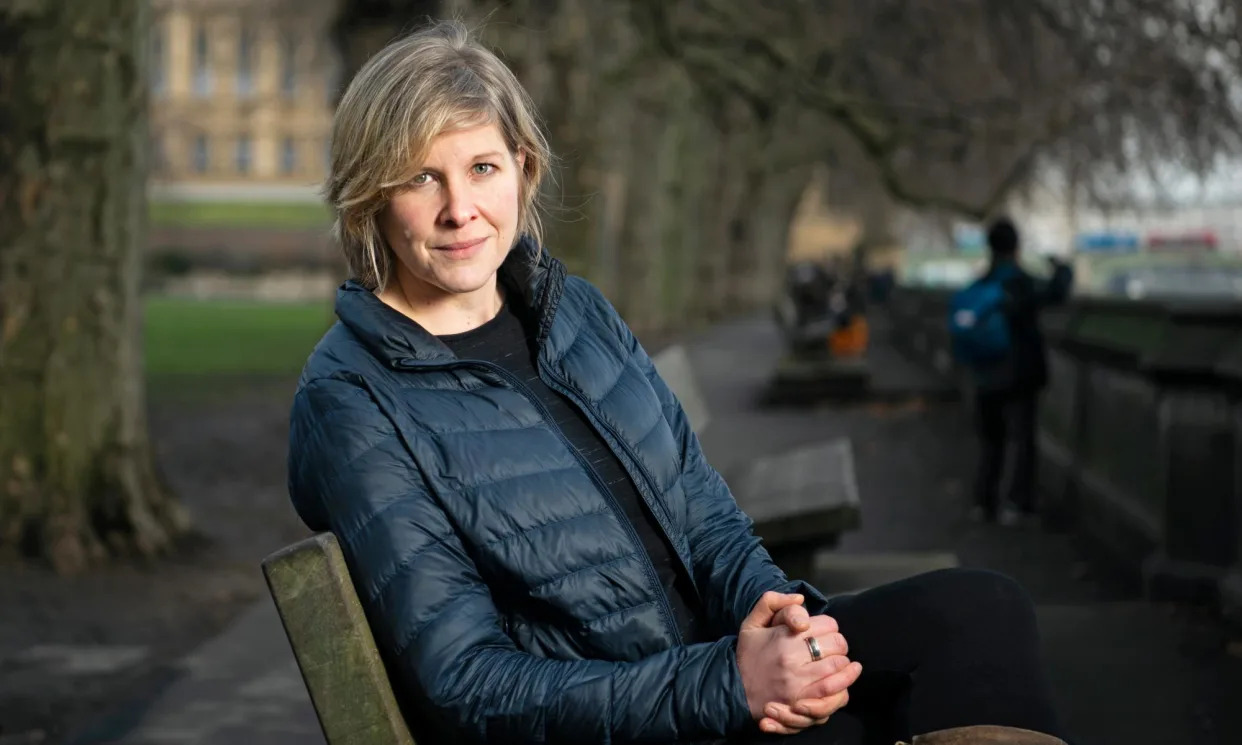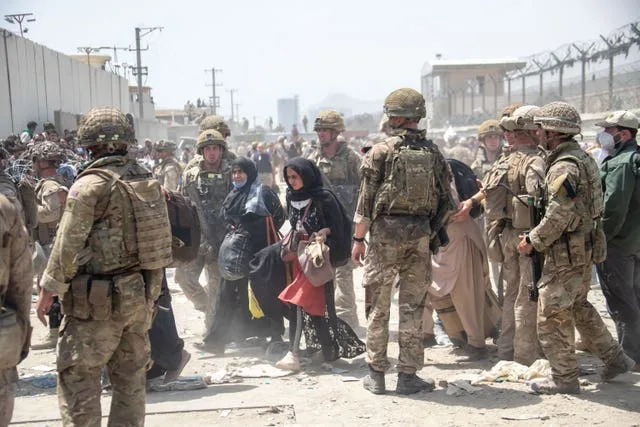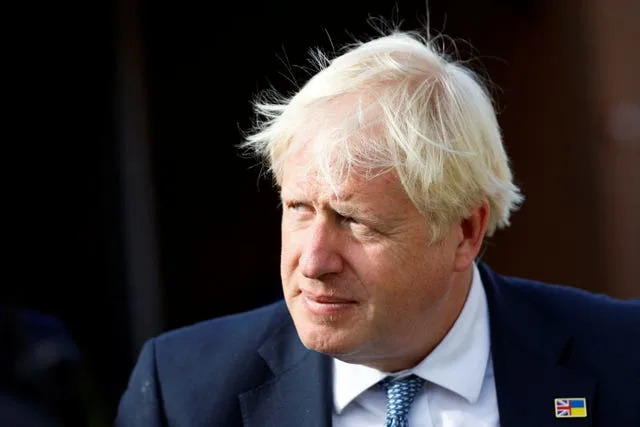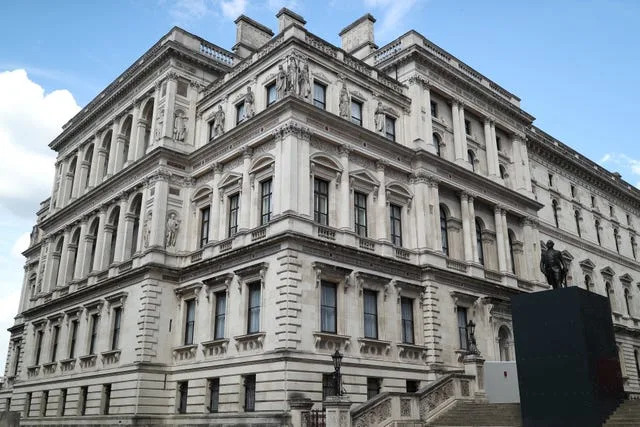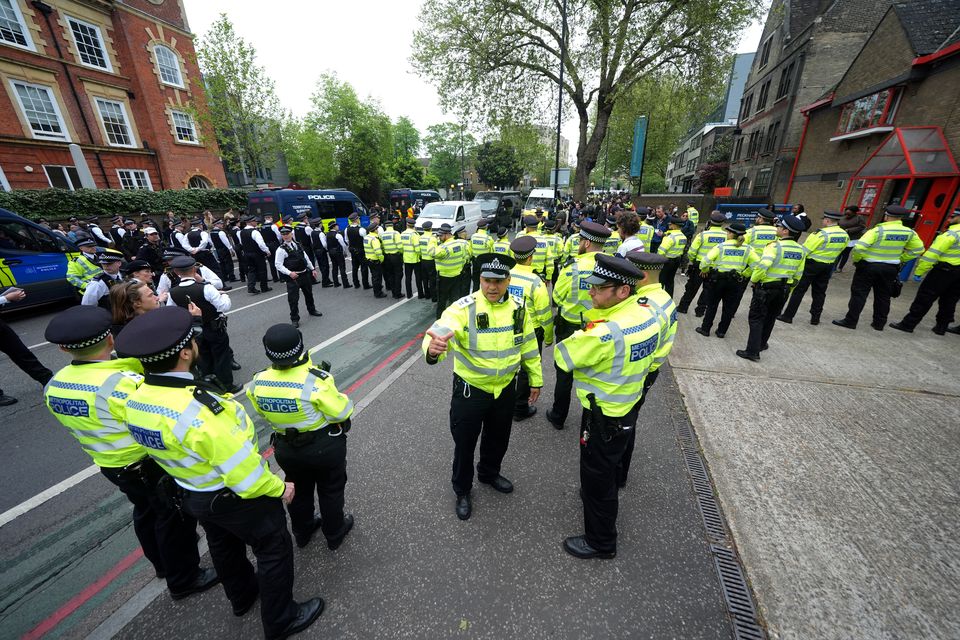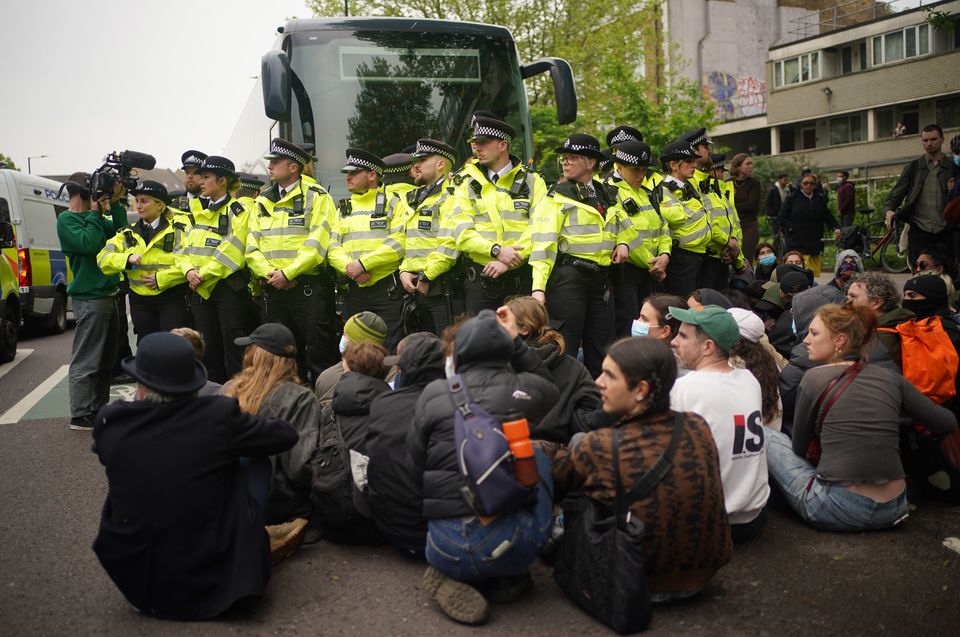Smallholders like the late Osvalinda Pereira face a campaign of deadly threats and harassment from big companies that produce feed for animals in Europe and China
By Philip Lymbery
Published 3rd May 2024,
The noise was deafening as dust clouds formed beside the seemingly impenetrable Amazon rainforest. A bulldozer then started clanking through the clearing, its engine roaring, pulling a heavy-duty metal chain originally designed for mooring ships which tightened fast like a fishing line. At the other end was another bulldozer.
With an ear-splitting din, the two moved together through the forest. Nothing escaped. Everything was brought down. No matter how old or stubborn. Onlookers laughed as another patch of rainforest was destroyed. Correntão, or ‘The Chain’, is a controversial means of deforestation. Long considered illegal in Brazil but now authorised in the state of Mato Grosso, whole stands of trees can be brought down in seconds. The remnants of ancient forest are then cleared, first by fire, and then by cattle.
There’s nothing new about the expansion of cattle ranching in the Amazon rainforest. What’s little known is how the real driver of this destruction is ‘cheap’ meat on our supermarket shelves.

Amazon ‘soya rush’
Existing cattle pastures have been put to the plough to grow crops to feed chickens, pigs, fish, and dairy cows, much of which is exported to China, Europe, and the UK. The UK annually imports about three million tonnes of soya, the vast majority for animal feed. Longstanding cattle pastures in Brazil are replaced with soya in what is known as a ‘land-use cascade’. Triggered by demand for soya for export, this cascade has caused land prices to rocket as much as ten-fold.
Read MoreScotland’s rainforest: What is it, where is it and why is it under threat?
Cattle ranchers then sell their fields for enormous profits and expand their herds elsewhere with the proceeds. The ‘soya rush’ has led to dramatic levels of deforestation, not least in the Amazon.
As industrial agriculture, or ‘Big Ag’, moves in to the forest, small farmers are forced out. Just one of the many moving stories involves a couple, Osvalinda and Daniel.
They were fulfilling a long-held dream by running a smallholding in the Mato Grosso. They had crops, dairy cattle and chickens. Then they became surrounded by big agricultural producers. The Correntão passed, bringing down surrounding forest. When the couple’s health began to suffer, they moved out, only for history to repeat itself 1,000 miles away.
Trees help humans in so many different ways. Yet they still need defending – Philip Lymbery
Graves dug as a threat
On another settlement, Osvalinda and Daniel found themselves again as smallholders in a sea of big producers sharking for land. It was then that the threats and intimidation began. One morning in 2018, Osvalinda went to tend to her chickens and found two graves meticulously dug with crosses, one for her and one for her husband. They fled to the city.
Their plight mirrors that of other small farmers in the wake of the soya rush. For some, like Osvalinda and Daniel, moving on becomes the only option. Through the lens of Osvalinda and Daniel’s story, I came to realise that whilst cattle ranching has long been linked to Amazon deforestation, the real driving force is closer to home: cheap, soya-fed meat and dairy on our supermarket shelves.
Postscript: This article is dedicated to the memory of Osvalinda Maria Alves Pereira who passed away on April 12, 2024.
Philip Lymbery is chief executive of Compassion in World Farming, a former United Nations Food Systems Champion and an award-winning author. His latest book is Sixty Harvests Left: How to Reach a Nature-Friendly Future. Philip is on Twitter @philip_ciwf


